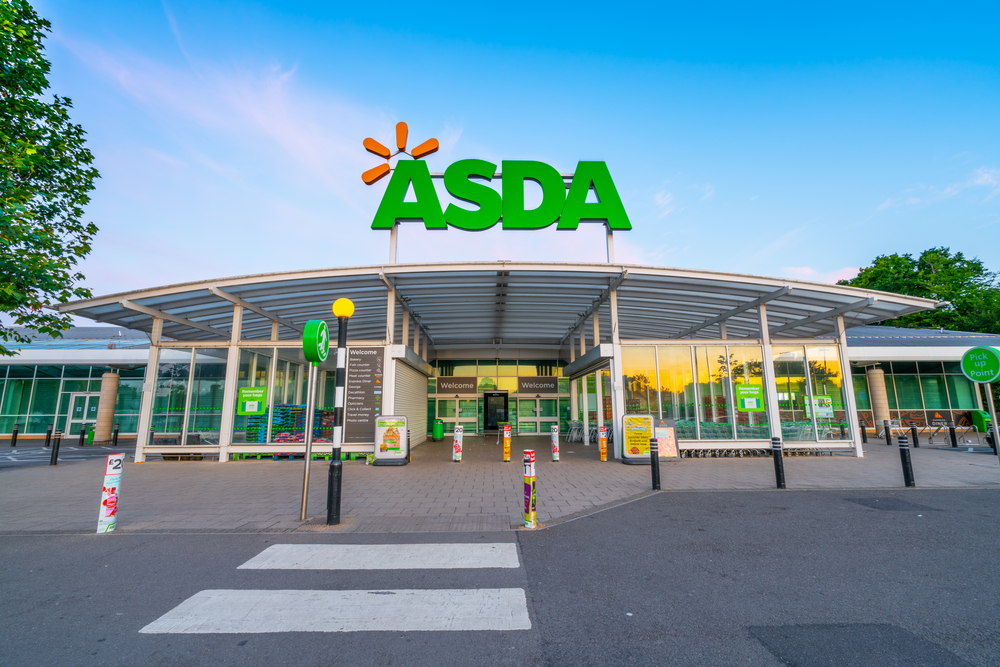Consumer group Which? has today called on the Government to amend legislation which causes supermarkets to mislead consumers through “confusing pricing”, it has been announced.
New research carried out by the group which surveyed 2,100 consumers found that 74 per cent of respondents feel that supermarkets are trying to misinform them through complicated pricing practices as the race to offer the highest discount continues.
A statement from the group said: “Which? wants to see an end to supermarkets confusing consumers with hard to read and inconsistent unit prices that make it hard for shoppers to identify which products and promotions are the best value for money.”
Research also revealed that 78 per cent of shoppers have seen their weekly household grocery bill rise over the last 12 months, spending an average of £76.83, resulting in 91 per cent of consumers shopping around for the best deal and 82 per cent favouring cheaper supermarkets.
Which? is therefore calling on consumers to support its ‘Price It Right‘ campaign which seeks to ensure that grocers use simple, clear price labelling and is encouraging those who spot complex unit pricing to tweet pictures to its team in order to highlight the widespread nature of the practice.
Richard Lloyd, Executive Director of Which?, said: “With household budgets squeezed and rising food costs among the top worries for consumers, it‘s all the more important that stores make it as easy as possible for people to spot the best value products.
“All food and drink should be clearly and consistently priced by weight or volume across all stores, including products which are on special offer.
“While there are some changes which supermarkets can make voluntarily, it‘s now time for the Government to change the law so that supermarkets ‘Price it Right‘ across the board.”
Current legislation dictates that retailers must provide both a selling price and unit price for food, the latter of which determines price by weight or volume, allowing shoppers to identify and compare the true cost of an item whatever its size.
Which?‘s survey found that 88 per cent of respondents found the system useful in determining which offers provide the best value for money, though 22 per cent said they were aware of unit pricing though did not use it as it is too small and difficult to read.
The group concluded: “We hope that the Government will listen to those who have signed the ‘Price it Right‘ pledge, and amend current legislation that allows for inconsistencies in unit pricing.”

















